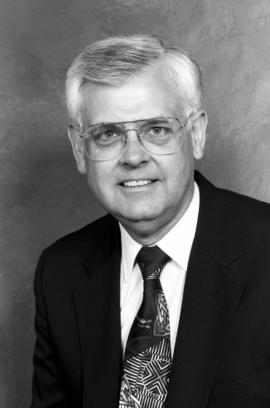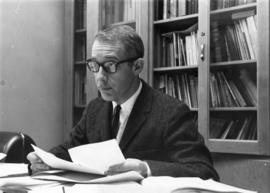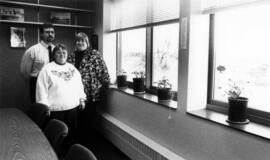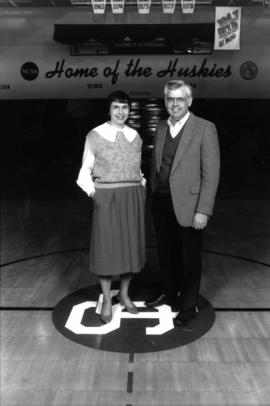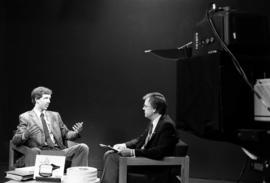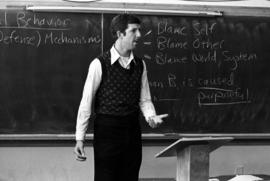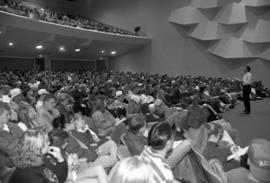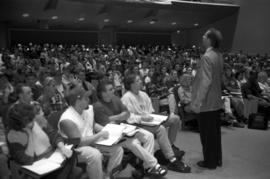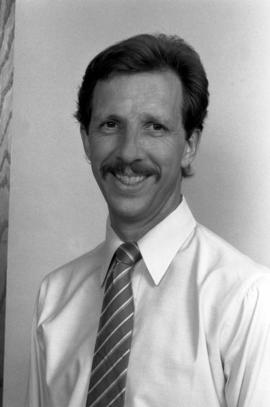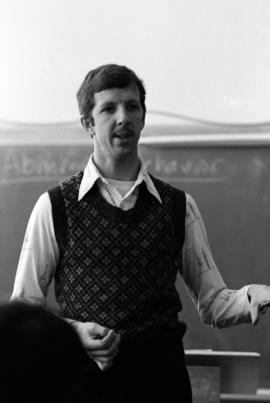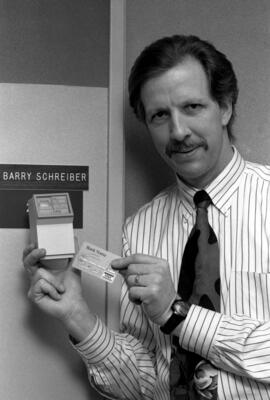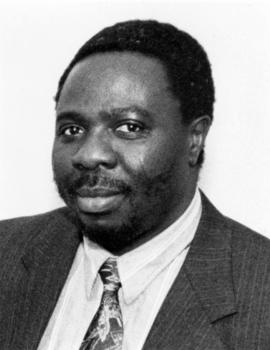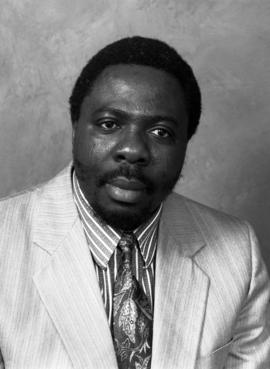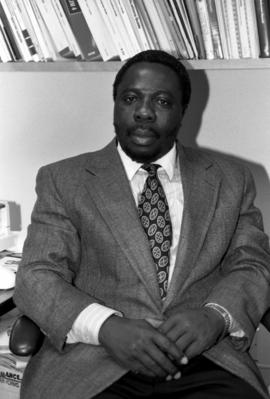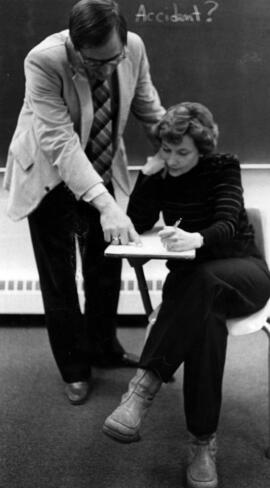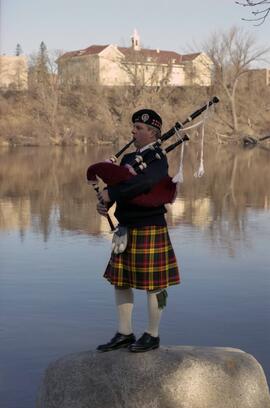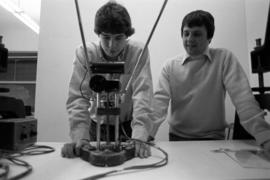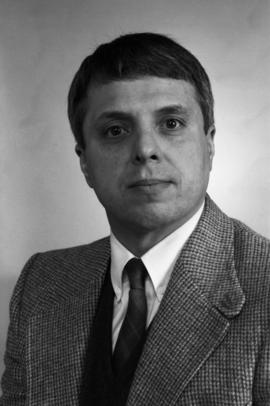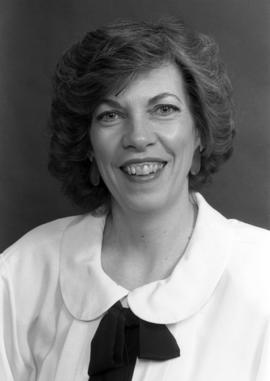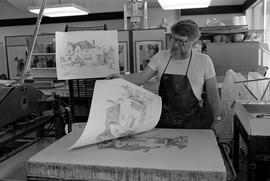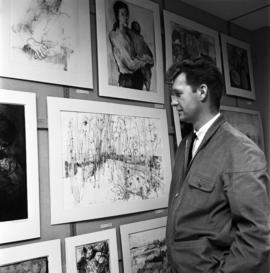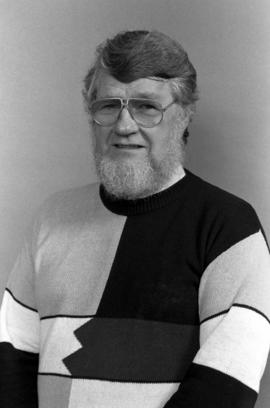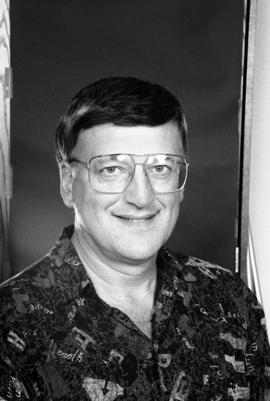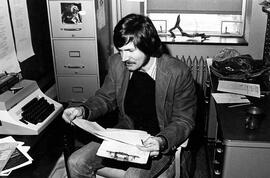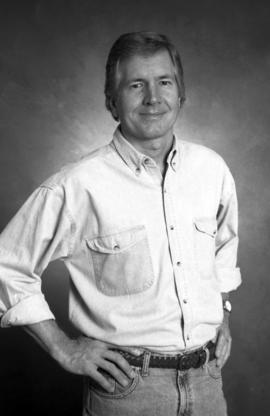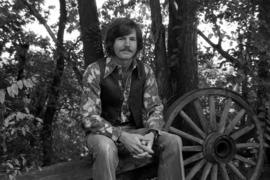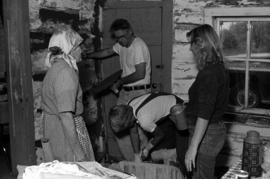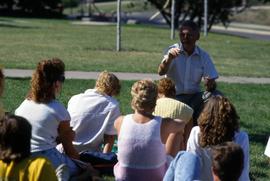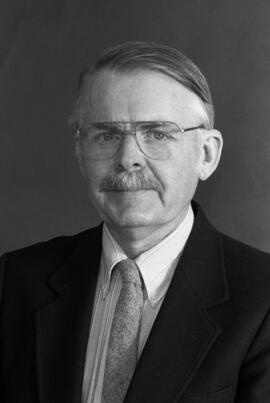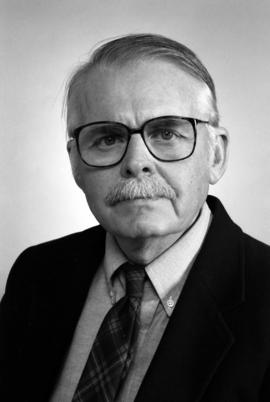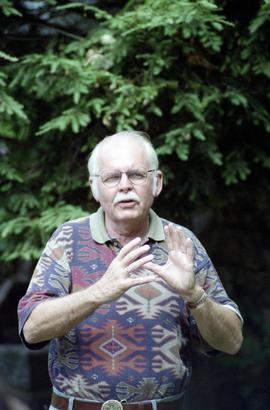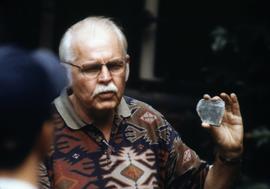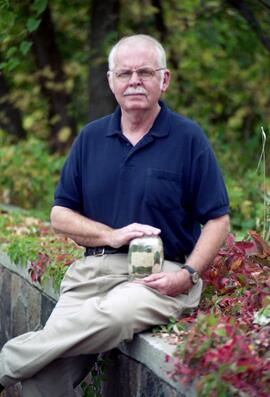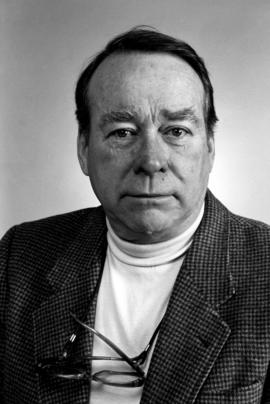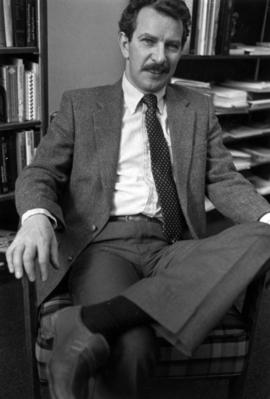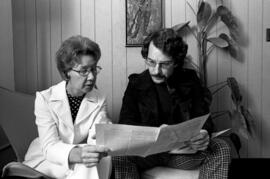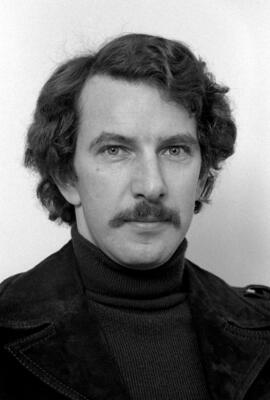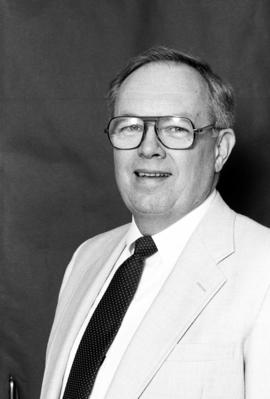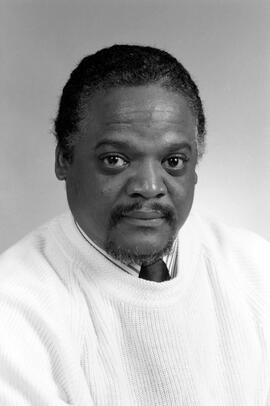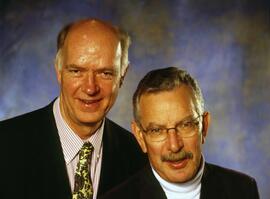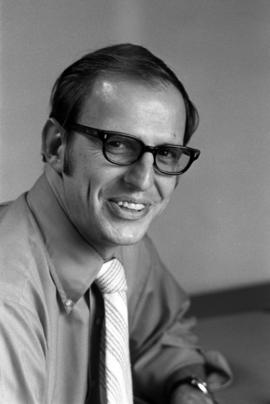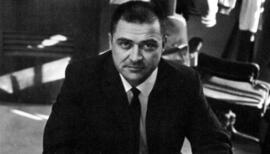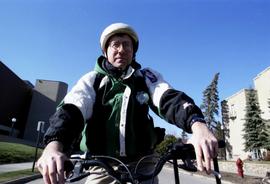- 16989.jpg
- Dimensions: 3.4 x 2.28 cm
- Physical Format: Negatives (photographic)
- Local Identifier: University Photographer, 95-376
- 01266.jpg
- Dimensions: 11.2 x 15.8 cm
- Physical Format: Black-and-white photograph
- Local Identifier: University Communications. Arthur Housman bio file
- 17990.jpg
- Dimensions: 11.5 x 19.4 cm
- Physical Format: Black-and-white photograph
- Local Identifier: Chronicle, October 16, 1997
St. Cloud State University
- 00136.jpg
- Dimensions: 16 x 10.6 cm
- Physical Format: Black-and-white photograph
- Local Identifier: University Communications. Art Grachek bio file; University Photographer, 90-165
St. Cloud State University
- 16831.jpg
- Dimensions: 3.2 x 2.2 cm
- Physical Format: Negatives (photographic)
- Local Identifier: University Photographer, 83-237
- 00440.jpg
- Dimensions: 2.3 x 3.4 cm
- Physical Format: Negatives (photographic)
- Local Identifier: University Photographer, 81-024
St. Cloud State University
- 16834.jpg
- Dimensions: 2.3 x 3.3 cm
- Physical Format: Negatives (photographic)
- Local Identifier: University Photographer, 93-435
- 16848.jpg
- Dimensions: 2.3 x 3.4 cm
- Physical Format: Negatives (photographic)
- Local Identifier: University Photographer, 95-483
- 16832.jpg
- Dimensions: 3.4 x 2.3 cm
- Physical Format: Negatives (photographic)
- Local Identifier: University Photographer, 88-330
- 16826.jpg
- Dimensions: 2.3 x 3.4 cm
- Physical Format: Negatives (photographic)
- Local Identifier: University Photographer, 83-327
-
- 16830.jpg
- Dimensions: 3.2 x 2.1 cm
- Physical Format: Negatives (photographic)
- Local Identifier: University Photographer, 81-024
- 16833.jpg
- Dimensions: 3.4 x 2.3 cm
- Physical Format: Negatives (photographic)
- Local Identifier: University Photographer, 93-275
- 16849.jpg
- Dimensions: 3.4 x 2.3 cm
- Physical Format: Negatives (photographic)
- Local Identifier: University Photographer, 95-483
- 17053.jpg
- Dimensions: 3.4 x 2.3 cm
- Physical Format: Negatives (photographic)
- Local Identifier: University Photographer, 96-621
St. Cloud State University
- 16739.jpg
- Dimensions: 3.4 x 2.3 cm
- Physical Format: Negatives (photographic)
- Local Identifier: University Photographer, 95-614
- 16726.jpg
- Dimensions: 11.3 x 8.7 cm
- Physical Format: Black-and-white-photograph
- Local Identifier: Unniversity Communications. Bayo Lawal bio file
- 16738.jpg
- Dimensions: 5.4 x 4 cm
- Physical Format: Negatives (photographic)
- Local Identifier: Slides. University Photographer, 93-467
- 16740.jpg
- Dimensions: 3.4 x 2.3 cm
- Physical Format: Negatives (photographic)
- Local Identifier: University Photographer, 95-614
- 07357.jpg
- Dimensions: 16.2 x 9 cm
- Physical Format: Black-and-white photograph
- Local Identifier: Chronicle, February 8, 1985
- 17479.jpg
- Dimensions: 2.2 x 3.3 cm
- Physical Format: Negatives (photographic)
- Local Identifier: University Photographer, 78-136
St. Cloud State University
- 14485.jpg
- Dimensions: 5.5 x 3.6 cm
- Physical Format: Negatives (photographic)
- Local Identifier: University Photographer, 96-278
- 14488.jpg
- Dimensions: 2.2 x 3.4 cm
- Physical Format: Negatives (photographic)
- Local Identifier: Chronicle, February 17, 1984
- 14487.jpg
- Dimensions: 2.2 x 3.4 cm
- Physical Format: Negatives (photographic)
- Local Identifier: Chronicle, August 3, 1983
- 14486.jpg
- Dimensions: 3.4 x 2.2 cm
- Physical Format: Negatives (photographic)
- Local Identifier: University Photographer, 92-005
- 07801.jpg
- Dimensions: 3.3 x 2.3 cm
- Physical Format: Negative (photographic)
- Local Identifier: University Photographer, 87-115
- 03705.jpg
- Dimensions: 2.3 x 3.4 cm
- Physical Format: Negative (photographic)
- Local Identifier: University Photographer, 82-067
St. Cloud State University
- 11129.jpg
- Dimensions: 5.5 x 5.5 cm
- Physical Format: Negative (photographic)
- Local Identifier: University Photographer, 66-009
- 15224.jpg
- Dimensions: 3.4 x 2.2 cm
- Physical Format: Negatives (photographic)
- Local Identifier: University Photographer, 87-315
- 16884.jpg
- Dimensions: 2.3 x 3.4 cm
- Physical Format: Negative (photographic)
- Local Identifier: University Photographer, 90-315
- 02601.jpg
- Dimensions: 13.9 x 21.1 cm
- Physical Format: Black-and-white photograph
- Local Identifier: Chronicle, February 23, 1982
- 12759.jpg
- Dimensions: 3.4 x 2.2 cm
- Physical Format: Negative (photographic)
- Local Identifier: University Photographer, 96-623
- 08599.jpg
- Dimensions: 2.3 x 3.4 cm
- Physical Format: Negative (photographic)
- Local Identifier: University Photographer, 79-278
- 09217.jpg
- Dimensions: 2.3 x 3.4 cm
- Physical Format: Negative (photographic)
- Local Identifier: University Photographer, Misc. 240
- 09216.jpg
- Dimensions: 2.2 x 3.4 cm
- Physical Format: Slides (photographic)
- Local Identifier: Slide Collection. People. Individuals. Identified Individuals
- 09897.jpg
- Dimensions: 3.4 x 2.3 cm
- Physical Format: Negative (photographic)
- Local Identifier: University Photographer, 86-153; University Communications. Bill Morgan bio file
- 05046.jpg
- Dimensions: 3.4 x 2.3 cm
- Physical Format: Negative (photographic)
- Local Identifier: University Photographer, 92-003
- 11646.jpg
- Dimensions: 3.4 x 2.2 cm
- Physical Format: Negative (photographic)
- Local Identifier: University Photographer, 96-430
- 09215.jpg
- Dimensions: 2.2 x 3.2cm
- Physical Format: Slides (photographic)
- Local Identifier: Slide Collection. People. Individuals. Identified Individuals; University Photographer, 96-430
- 17051.jpg
- Dimensions: 3.4 x 2.3 cm
- Physical Format: Negatives (photographic)
- Local Identifier: University Photographer, 97-409
St. Cloud State University
- 16685.jpg
- Dimensions: 3.4 x 2.3 cm
- Physical Format: Negatives (photographic)
- Local Identifier: University Photographer, 92-017
St. Cloud State University
- 07413.jpg
- Dimensions: 13.9 x 10.1 cm
- Physical Format: Black-and-white photograph
- Local Identifier: Chronicle, April 16, 1985
- 17899.jpg
- Dimensions: 2.2 x 3.4 cm
- Physical Format: Negatives (photographic)
- Local Identifier: University Photographer, 75-094
St. Cloud State University
- 17898.jpg
- Dimensions: 3.4 x 2.3 cm
- Physical Format: Negatives (photographic)
- Local Identifier: University Photographer, 75-094
St. Cloud State University
- 17001.jpg
- Dimensions: 3.4 x 2.3 cm
- Physical Format: Negatives (photographic)
- Local Identifier: University Photographer, 87-291
- 03112.jpg
- Dimensions: 3.4 x 2.2 cm
- Physical Format: Negative (photographic)
- Local Identifier: University Photographer, 91-514
- 05365.jpg
- Dimensions: 4 x 5.5 cm
- Physical Format: Slides (photographic)
- Local Identifier: University Photographer, 01-181
- 10059.jpg
- Dimensions: 3.3 x 2.3 cm
- Physical Format: Negative (photographic)
- Local Identifier: University Photographer, 92-021
- 06811.jpg
- Dimensions: 3.4 x 2.3 cm
- Physical Format: Negatives (photographic)
- Local Identifier: University Photographer, 72-195
St. Cloud State University
- 08188.jpg
- Dimensions: 5 x 8.8 cm
- Physical Format: Photomechanical print
- Local Identifier: 1966 Talahi yearbook, p. 153
St. Cloud State University
- 16930.jpg
- Dimensions: 2.3 x 3.4 cm
- Physical Format: Negatives (photographic)
- Local Identifier: University Photograph, 96-253
